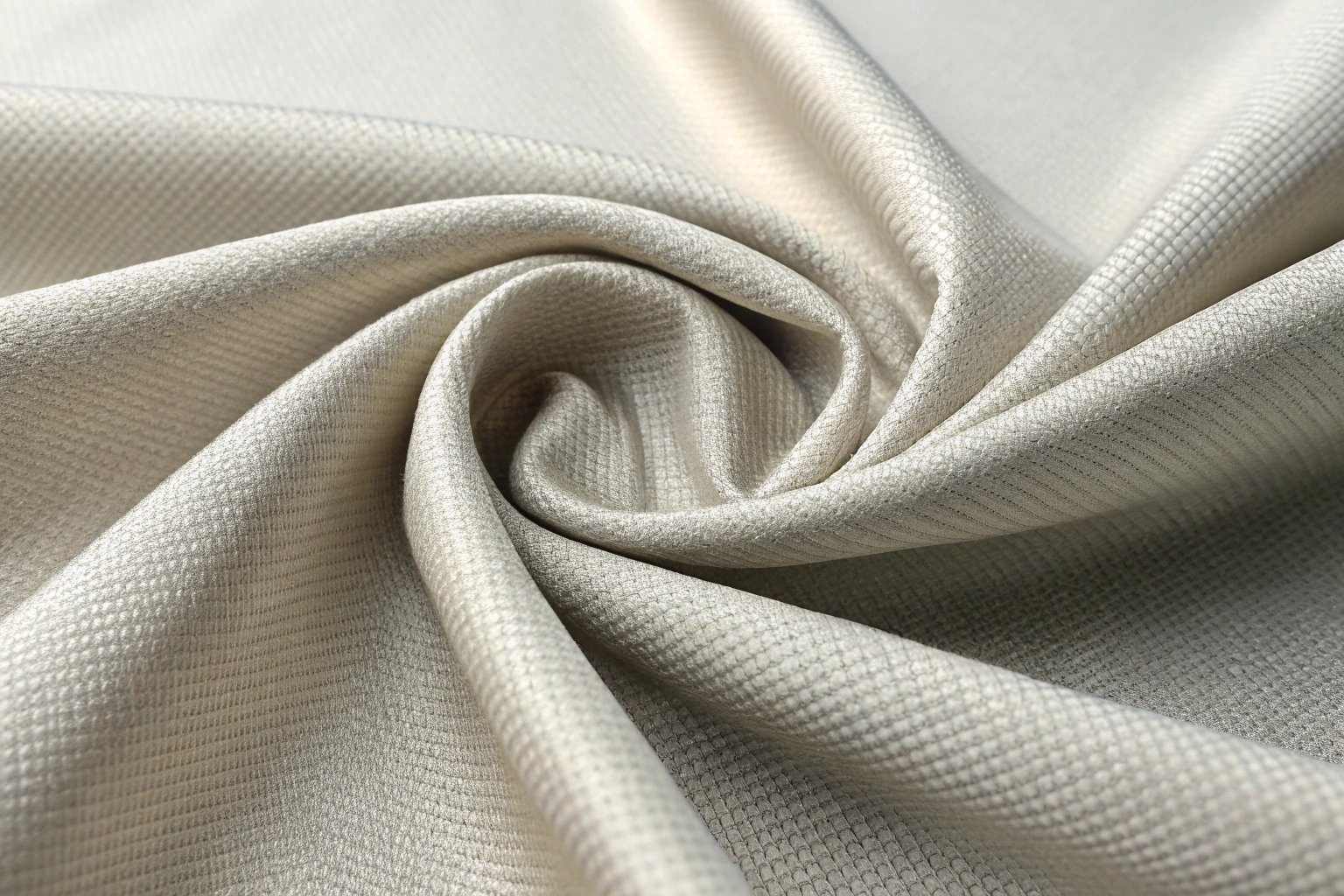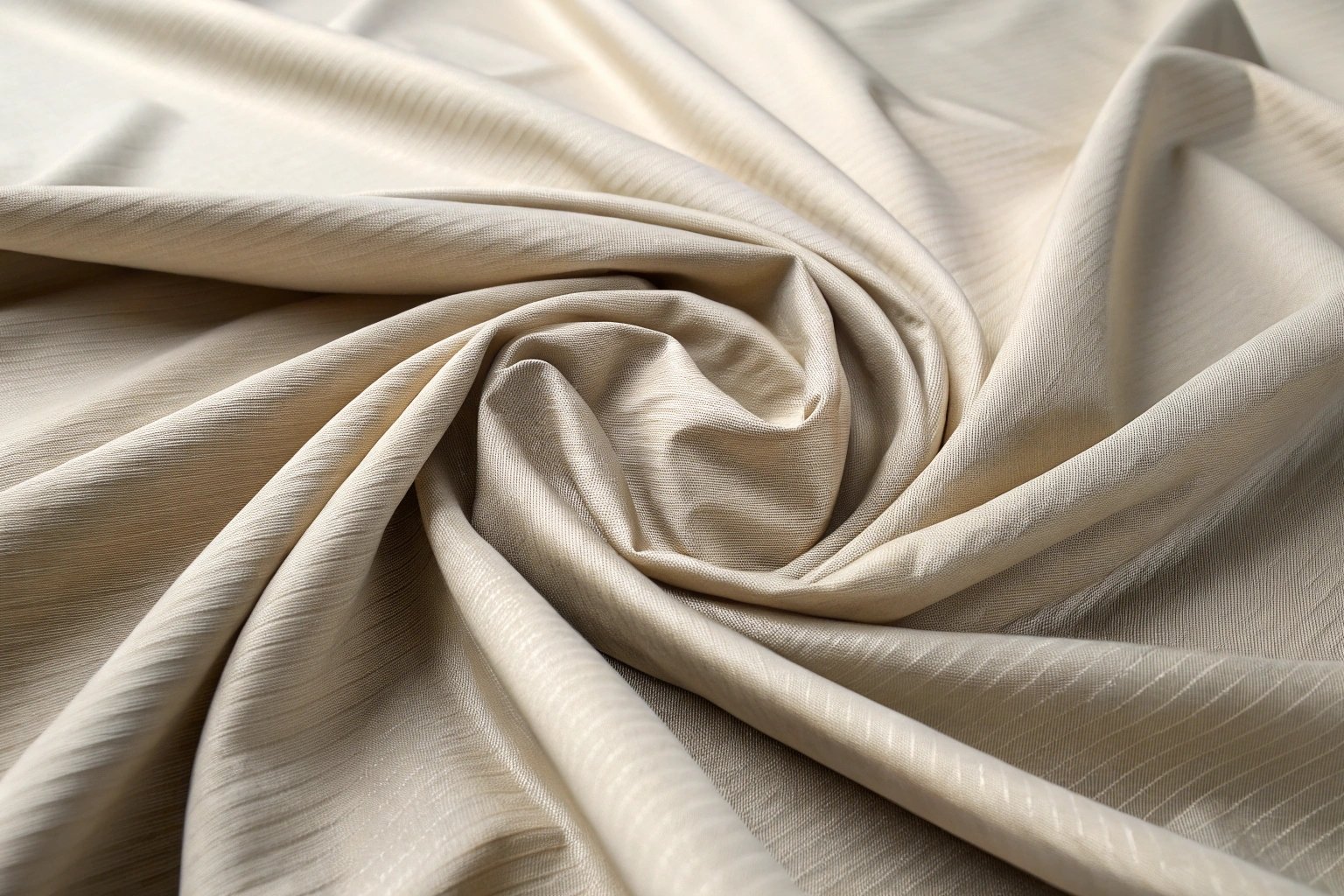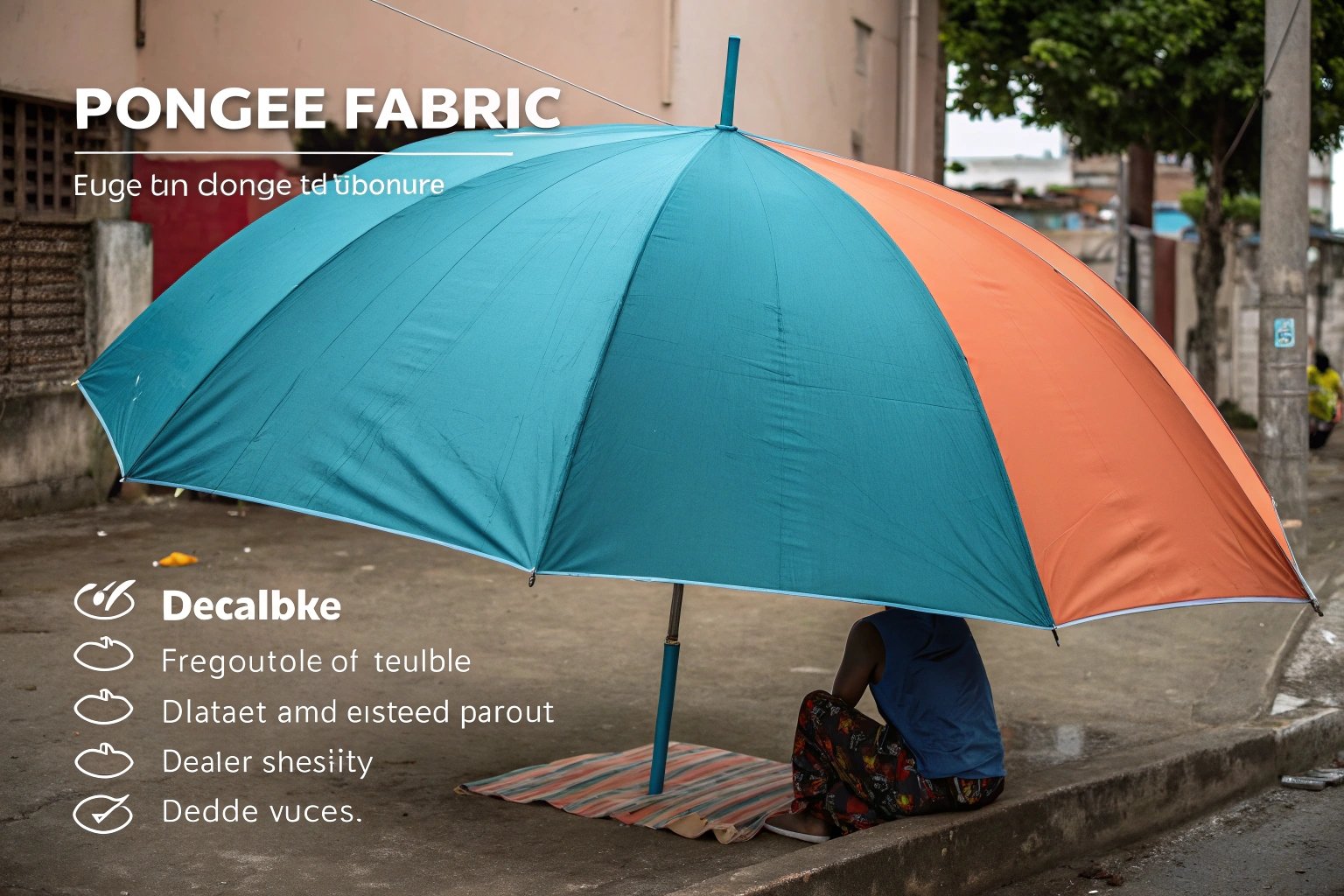Pongee fabric has become an essential material in a variety of industries due to its versatility, durability, and unique properties. From wetsuits to fashion, Pongee’s functionality and design possibilities are unmatched. In this article, we will dive into the properties, benefits, and uses of Pongee fabric, and answer some common questions regarding its qualities and potential drawbacks.

Pongee fabric is a favorite in both high-end and everyday products due to its combination of durability, aesthetic appeal, and lightweight nature. If you’re looking to understand what makes this fabric unique, read on to discover everything you need to know about Pongee fabric.
What are the disadvantages of pongee fabric?
While Pongee offers numerous benefits, it also has a few drawbacks that should be considered when choosing it for specific products:

Prone to Wrinkling
Pongee fabric, especially when made from natural fibers, is susceptible to wrinkling. While it maintains its soft feel and elegant appearance, wrinkles can form easily, requiring regular steaming or pressing to maintain a smooth look.
Why It’s a Drawback: For garments or items that need to maintain a crisp, polished appearance for long periods, Pongee may not be the best option due to its tendency to wrinkle easily.
Limited Breathability
While Pongee is lightweight, it can lack sufficient breathability compared to more porous fabrics like cotton or linen. This can make it less comfortable to wear in hot and humid conditions, especially when used in larger garments like jackets or coats.
Why It’s a Drawback: For activewear or clothing intended for warmer climates, the lack of breathability in Pongee may lead to discomfort, as it doesn’t allow air to flow as freely as other fabrics.
Cost
Pongee is generally more expensive than regular fabrics due to its manufacturing process and the special properties it provides. This can increase the overall production cost of garments made with Pongee.
Why It’s a Drawback: Higher costs may make Pongee less appealing for brands looking to keep production costs low or produce more budget-friendly items.
Odor Retention
Since Pongee is not very breathable, it tends to trap moisture, which can cause odors to linger, particularly after activities like swimming, exercising, or wearing the material for extended periods.
Why It’s a Drawback: Odor retention can be a concern for activewear and swimwear, where frequent washing is required to maintain freshness.
Is pongee fabric durable?

Pongee fabric is known for its durability. It’s often chosen for its strength, especially in applications where the fabric needs to withstand wear and tear while retaining its smooth appearance. Pongee fabric is made by weaving fine fibers, often polyester, into a lightweight yet sturdy material.
Durability in Different Applications
- Fashion: Pongee is commonly used in outerwear, raincoats, and jackets, thanks to its ability to withstand everyday wear.
- Accessories: Pongee is also used in the creation of bags, scarves, and even umbrellas because of its ability to hold its shape while maintaining a smooth, wrinkle-resistant finish.
Why It’s Great: Its lightweight nature doesn’t come at the cost of strength, making it ideal for both functional and decorative purposes.
What kind of fabric is pongee?
Pongee fabric is a type of woven fabric that is typically made from silk, polyester, or nylon fibers. It has a smooth, glossy surface with a subtle texture, often resembling a fine-grade satin fabric. The defining characteristic of Pongee fabric is its smooth texture and unique “bamboo” pattern, which adds visual interest to the material.
Types of Pongee Fabric
- Silk Pongee: Traditional Pongee made from silk is a luxurious, soft material that’s often used in high-end fashion.
- Polyester Pongee: A more affordable and durable version, polyester Pongee is often used in outerwear, bags, and raincoats. It retains the smooth appearance of the silk version but offers greater durability and is easier to care for.
- Nylon Pongee: Nylon Pongee is another variation that offers a lightweight, smooth feel and is used in items like umbrellas and high-performance gear.
Why It’s Special: The texture, gloss, and versatility of Pongee fabric make it a popular choice for a wide range of applications, from fashion to industrial uses.
Is pongee better than polyester?
Pongee and polyester are often compared, especially since polyester is frequently used in the production of Pongee fabric. However, there are key differences between the two:
Polyester vs. Pongee
- Pongee Fabric: While Pongee is commonly made with polyester fibers, it also includes additional weaving techniques that give it a unique texture and appearance. Pongee is often more lightweight and smooth compared to standard polyester, and it has a more elegant finish.
- Polyester Fabric: Polyester fabric is versatile and durable but can sometimes lack the refinement that Pongee offers. Polyester is a more general-purpose fabric, used in a wide range of clothing, home goods, and industrial products.
Which is Better?
- For Fashion and Luxury: Pongee is often considered better than plain polyester due to its refined texture, aesthetic appeal, and softness. It is a favored choice for creating high-quality outerwear, accessories, and garments.
- For Durability and Versatility: Polyester might still have an edge in terms of sheer durability and practical applications, especially in products that don’t require the luxurious appearance of Pongee.
Why It’s Special: Pongee blends the durability of polyester with an elegant finish, making it an ideal fabric for fashion-conscious consumers who want both durability and style.
Conclusion
Pongee fabric is a versatile and durable material that combines the elegance of silk with the practicality of synthetic fibers like polyester and nylon. Its lightweight feel, smooth texture, and visual appeal make it ideal for a variety of products, from outerwear to accessories. However, it’s important to consider its disadvantages, such as wrinkling and limited breathability, when deciding if it’s the right fabric for your needs.
Whether you’re using it for fashion, functional outerwear, or accessories, Pongee’s ability to provide both strength and sophistication will continue to make it a go-to fabric in 2025 and beyond.

